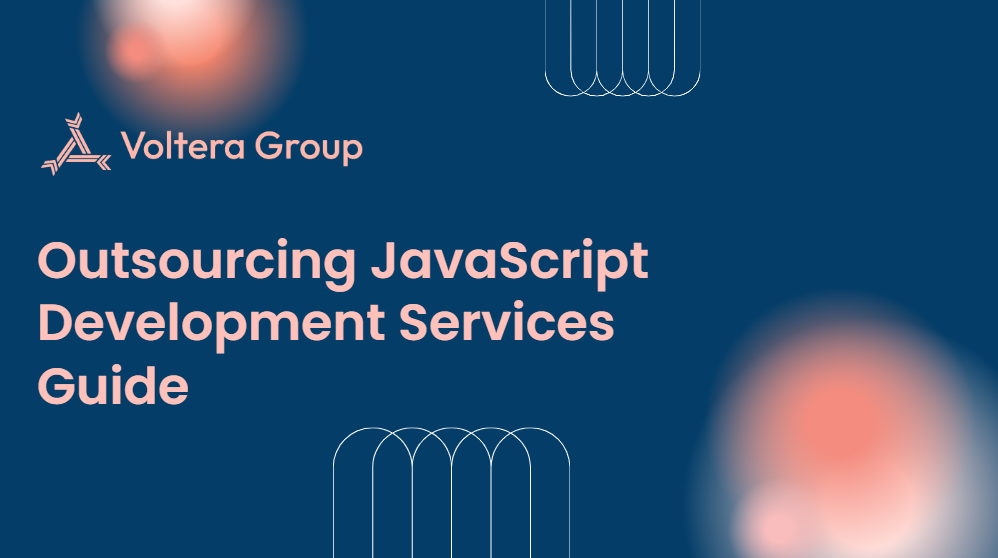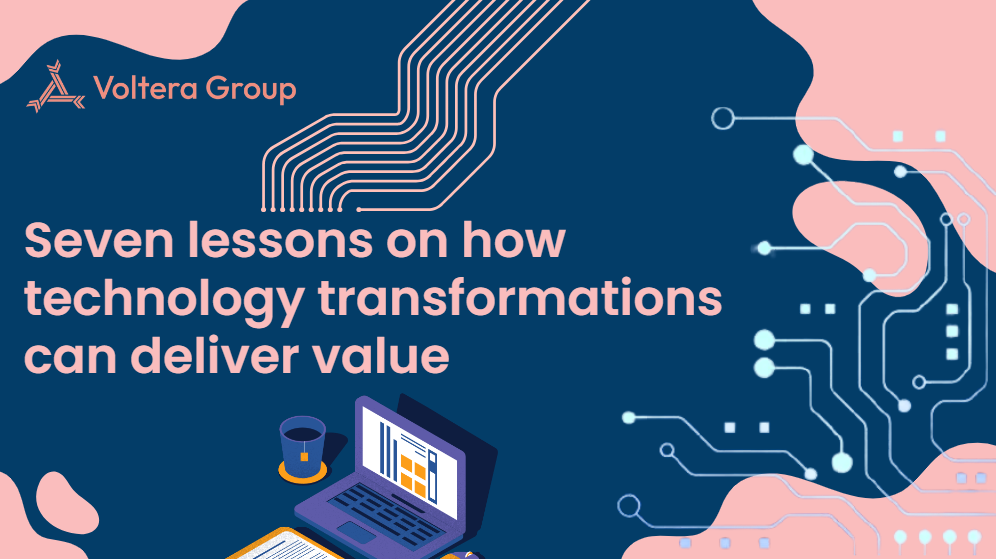ERP Data Integration Service Enterprise Unification
Our Enterprise Resource Planning integration service connects your software with essential business tools, unifying systems, automating workflows, reducing redundancies, and delivering real-time insights for improved operational efficiency and smarter decision-making.
Solutions for ERP Data Integration
01
AI-Enhanced ERP
We connect your ERP with custom AI/ML models built specifically for your business requirements. Smarter data handling comes built-in with cloud ERP integration to ensure seamless information access anytime.
02
Comprehensive Data Synchronization
We eliminate information silos by creating one clear, reliable source for all your business data through enterprise resource planning integration. This ensures consistent data management across your organization.
03
Workflow Automation
We implement AI-driven automation for repetitive ERP tasks, allowing your team to focus on strategic initiatives. This results in fewer errors, faster processes, and reduced operational complexity.
04
Advanced Analytics Integration
We enable sophisticated analytics capabilities to evaluate ERP system performance and effectiveness. Make better decisions with real insights readily available through integrations like Pipedrive ERP connections.
05
Cross-Platform Connectivity
We link your ERP with other business platforms to maintain synchronized operations. Cross-platform integration streamlines connections, improving data flow and accessibility.
06
Real-Time Optimization
We implement capabilities to fine-tune ERP processes as they occur using real-time insights. Maintain operational flexibility through intelligent ERP capabilities and continuous optimization.
Don't just observe—take decisive action.
CRM and ERP Integration Across Industries
Manufacturing Enhancement
Streamline production schedules with intelligent data integration Align resources for improved operational efficiency through process standardization Reduce equipment downtime and enhance output predictability
Retail Intelligence
Implement data-driven insights to predict inventory needs and customer demand patterns Minimize stockouts and overstock situations through intelligent forecasting Create more responsive retail operations with integrated business intelligence tools
Financial Process Automation
Consolidate financial data seamlessly across organizational systems Reduce manual errors in reporting and reconciliation processes Gain faster insights into financial performance with digital transformation strategies
LLM Agent A
State-Of-Art Automation (Scheme)
LLM is not only the possibility to chat and get a wide range of information, but it's also the possibility to retrieve your local data from databases, docs, and spreadsheets. With advanced LLM Agents—a core part of generative AI as a service—you can automate your routine processes, streamline client communication, or implement your start-up ideas.

Stop the data chaos – get your systems communicating effectively!
Technologies of Artificial Intelligence and Machine Learning
The Path to Seamless ERP Data Integration
Our methodology focuses on ensuring that ERP and CRM systems work together efficiently, with smooth data transfer, process automation, and system compatibility to improve business operations.
Requirements Definition
01
We determine your specific business needs from the ERP integration. Enterprise architecture is analyzed to identify which systems or processes require connection and automation.
System Assessment
02
We evaluate your existing technological landscape and configuration. This ensures compatibility with the new ERP implementation and identifies potential integration challenges.
Strategic Integration Planning
03
We develop a comprehensive roadmap for ERP integration with your business systems. This includes defining data flows, automation opportunities, and security requirements.
Data Flow Standardization
04
We establish how information will move between your systems, ensuring consistency and accuracy. This involves mapping data fields and implementing necessary transformations.
Framework Implementation
05
We build the integration using APIs, middleware, or custom connectors. This establishes real-time synchronization and seamless communication between all connected systems.
Quality Assurance
05
We conduct rigorous testing to verify functionality and performance. This includes validating data accuracy and system responsiveness to ensure optimal operation.
Enterprise Resource Planning Integration Challenges
Data Reconciliation Issues
Manual reconciliation processes are time-consuming and error-prone, causing data inconsistencies. ERP integration automates these workflows, ensuring accuracy and efficiency across connected systems.
Reporting Limitations
Delayed reporting can impede decision-making capabilities. We overcome this by integrating live data feeds into your ERP system, enabling instant, accurate information access.
System Compatibility
Legacy systems often create integration challenges with modern technology. We address this by implementing integration layers that enable smooth communication between established and new systems.
Operational Complexity
Excessive complexity can overwhelm teams and impede progress. We tackle this by simplifying workflows and automating repetitive tasks within the ERP environment.
ERP Data Integration Strategic Benefits
Tailored System Design
Create an ERP implementation that aligns perfectly with your business requirements by connecting technology with your specific processes through custom solutions and operational integration.
Intelligent Resource Planning
Anticipate future resource requirements based on historical data and identified trends using AI algorithms that predict demand patterns from usage history.
Advanced Financial Intelligence
Access more sophisticated financial projections by implementing AI to identify patterns and enhance forecast accuracy through models that continuously learn from your financial data.
Supply Chain Intelligence
Optimize supply chain performance using AI to predict requirements and automate processes through data-driven decisions and continuous monitoring.
Competitive Advantages with Our Gen AI Services
Frequently Asked Questions
What strategies do you use to minimize business disruption during ERP system transformation?
We prioritize comprehensive planning and stakeholder communication to ensure smooth transitions. Our approach includes phased implementation rollouts and thorough testing protocols to minimize operational disruptions, ensuring business continuity with minimal downtime throughout the transformation process.
How can AI enhance our existing ERP system's predictive capabilities?
AI analyzes your historical operational data to identify patterns and project future trends, significantly improving decision-making accuracy. This technology enhances forecasting capabilities for inventory management, demand planning, and resource allocation, enabling your organization to adopt a proactive rather than reactive operational stance.
How do you handle integration between multiple ERP systems with different architectures?
We implement middleware solutions and API-based integration frameworks to bridge gaps between disparate ERP architectures. This approach ensures consistent and reliable data flows between systems, regardless of their underlying structural differences, creating a unified operational environment.
What approach do you take to migrate historical data into newly integrated systems?
We employ comprehensive data mapping and cleansing processes to ensure historical information aligns with new system structures, preventing downstream complications. Our methodology includes rigorous data validation and testing protocols to verify migration accuracy and preserve all business-critical information during the transition.
What continuous improvement mechanisms are built into your ERP integration services?
We implement regular system performance reviews and monitor key operational metrics to identify optimization opportunities. By systematically collecting user feedback and implementing iterative enhancements, we ensure your ERP ecosystem evolves in alignment with changing business requirements and technological advancements.
How do you address data quality issues during ERP integration projects?
We implement comprehensive data governance frameworks that include automated validation rules, data cleansing processes, and quality monitoring mechanisms. Our approach identifies and resolves data inconsistencies early in the integration process, establishing reliable information standards that persist throughout your connected systems.
What security measures protect sensitive information in integrated ERP environments?
We deploy multi-layered security architectures including role-based access controls, data encryption, and comprehensive audit logging. Our implementation follows industry best practices for securing integrated systems, ensuring sensitive business information remains protected while maintaining necessary operational access.



